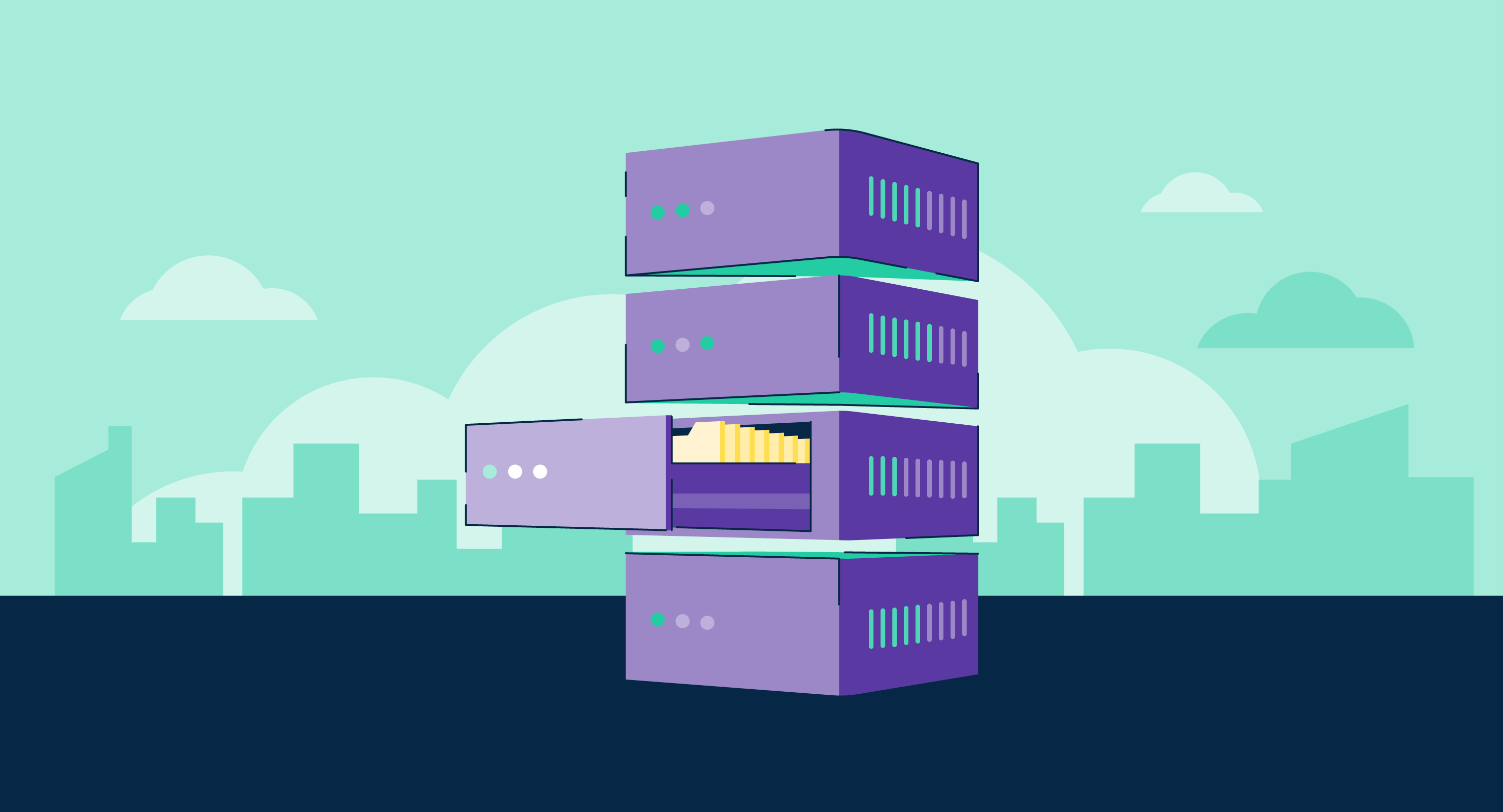What is a database management system?
A database management system (DBMS) is a platform used to store, retrieve, and manipulate data. Users can create, read, and delete data in the database. Different types of database structures exist to support varying data models.
Database administrators use database management systems to manage and guarantee their organization’s data is clean, secure, and consistent. A DBMS generally aligns with a database model (e.g., hierarchical or relational) and provides database maintenance capabilities.
Types of database management systems
Several types of database management systems are available to meet varying needs. Some of the most common types of DBMS include:
- Relational database management systems (RDBMS) store data in tables to use that information in relation to other datasets. Table columns represent attributes, and table rows represent records of data. Some well-known examples of RDBMS are Microsoft Structured Query Language (SQL) Server, MySQL, and Oracle Database.
- Hierarchical database management systems store data in parent-child relationships in a hierarchical database. Organized into a tree-like structure, records contain information about linked parent-child data relationships. Parent records can have several children below them, but each child only has one parent record.
- Network database management systems are similar to a hierarchical database, except they’re more flexible from a relationship perspective. This model allows child records (called members) to have multiple parents (called owners). Network databases work well for more complex relationships due to their many-to-many relationship flexibility.
- Object-oriented database management systems store data as items in an object-oriented database model. Objects are real-world entities with attributes. Objectives with the same characteristics are grouped into classes. Object-oriented databases are best suited for object-oriented programming languages like Python, JavaScript, Java, and C#.
- Document database management systems store data in document format instead of rows and columns. Documents visualize information about objects and related metadata for easy access. Unlike relational database management systems, document databases are non-relational and store unstructured data in a flexible document format.
Basic components of database management systems
Database management systems have six essential components.
- Hardware hardware refers to physical devices such as computers and hard disks. The equipment captures the data and presents the output to the user.
- Software is used to manage and control the database. The software consists of procedures, programs, and routines associated with the operation of the hardware. The software programs include databases, operating systems, and network software for sharing data.
- Data can be structured and highly specific or non-structural and loose. Databases contain the actual raw data and metadata. Examples of metadata include the data's size and the data's name.
- Procedures are the instructions utilized in the database management system. Typically the instructions include information about how to set up the database, install it, log in and log out, manage day-to-day operations, and how to back up the database. Procedures also contain instructions for generating reports of the database.
- Database Access Language is used to write commands that perform operations on the data. This allows users to access, create, and delete data.
- Users perform different operations on the database using database access language. Database administrators and software developers are examples of users who engage with a database management system.
Benefits of database management systems
Managing data effectively is critical for making wise business decisions. Successful database management requires commitment, but when executed well, organizations experience many benefits, including:
- Better data integrity. Database management systems centralize data sources into several databases to reduce duplicates across the organization. The right database management system paired with procedures for data quality reviews can increase data integrity.
- Faster data sharing. A DBMS helps users access and share data quickly. Quicker access to accurate data improves workflows for end users.
- Easy access to backup and recovery. Database management systems regularly and automatically back up data. A DBMS can also restore the database after a system crash or failure.
Challenges of database management systems
Before diving into database management, some challenges organizations have to be addressed. Some of the frequent difficulties are:
- Scalability limitations and constraints. Businesses should consider how much they will scale as they may quickly outgrow their database. When a company outgrows its database, it experiences performance difficulties, making managing and validating data more challenging. Databases can be scaled through horizontal scaling (adding more memory) or vertical scaling (adding more hardware).
- Data security challenges. Storing sensitive data in a database can be costly and risky should a database breach occur. Examples of prevalent threats to databases include unauthorized access privileges by employees and database injection attacks. Database security tools can help organizations secure sensitive data and mitigate threats.
- Database performance issues. Maintaining database performance can be tricky, especially as data volumes grow. Teams should implement processes to regularly improve database performance to ensure they can process data rapidly to avoid hindering end users’ workflows.
Learn why relational databases are so popular and how to use them effectively.

Alyssa Towns
Alyssa Towns works in communications and change management and is a freelance writer for G2. She mainly writes SaaS, productivity, and career-adjacent content. In her spare time, Alyssa is either enjoying a new restaurant with her husband, playing with her Bengal cats Yeti and Yowie, adventuring outdoors, or reading a book from her TBR list.





















